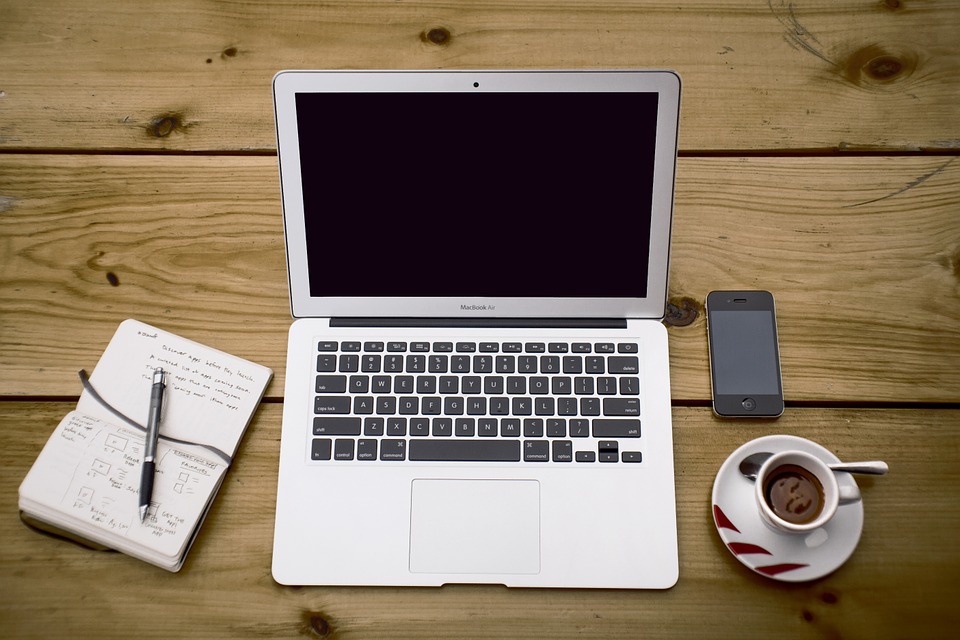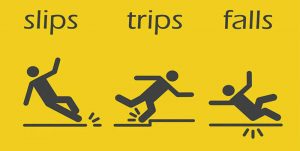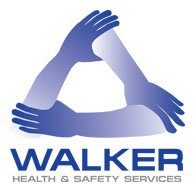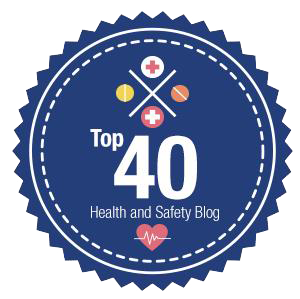
Home Working
There are many people working from home, given the current situation we are in with COVID-19. This percentage may drop in the future, but for now, if we can work from home, that’s what we should do.
With kitchens and spare rooms now becoming a more permanent office space for many, staff should take time to make sure the space is serving their needs and not causing any damage. Your employers can help with this in many ways. Discuss your concerns with them.
Here we look at 8 ways to improve homeworking. If you have any suggestions, let us know.
Health and safety law requires that employers do all that they can to ensure the wellbeing of their staff. This obligation has not changed due to the coronavirus pandemic, and so risks to employees need to be managed in the usual way.
Although generally low risk, homeworking is not exempt from the law, and so a risk assessment should be carried out on the home environment to identify hazards. The risk assessment will also need to establish any measures needed to prevent harm to the employee, as well as anyone else affected by their work (including other members of the household).
To assist this process, employers can remotely work through a risk assessment with members of staff or ask staff to conduct their own assessment using a template and guidance. Contact us for further information.
2. Create a good workspace
Managing occupational health is critical for a healthy workspace. Poor posture while working, or a lack of suitable equipment, can cause serious musculoskeletal disorders (MSD), including injuries to the back, neck, hips, knees or wrists.
With many workers converting kitchen tables and spare rooms into their new office spaces, there is a significant risk that employees could unwittingly be causing themselves long-term damage through poor seating choices or by not having the right equipment.
To ensure staff are protecting themselves from potential MSDs, employers should try to find out about their staff’s working conditions and check that everyone knows how to set up their workspace. As a minimum, the risk assessment will likely identify that everyone needs carry out a display screen equipment (DSE) check and know how to report any problems.
Search through our previous blogs for DSE information.
3. Encourage activity
As well as sitting correctly, moving is also an important part of maintaining good musculoskeletal health. In the typical office, people are much more likely to have situations where they need to walk around — as part of their commute, to go to a meeting, or to speak to a colleague. Many of these workplace opportunities to stretch the legs have now been lost, so as well as taking breaks from looking at a screen (as required by the DSE Regulations) encourage staff to take a regular breather to get up and move around. Setting a timer on a phone can be a relatively easy way to do this.
4. Create a good routine and balance
Routine is important to help protect mental health and to provide continuity in the working day. Having clear start and finish times helps create work–life boundaries, as can creating a dedicated workspace.
Wherever possible, ask staff to mix up their to-do list to create balance in their work. Spending all day in video conferences can be extremely fatiguing, as can hours in front of a screen with no workplace contact at all. When evaluating new working arrangements, also ask staff to consider how they are finding the new methods of working.
5. Ensure security
Working from home brings additional cyber security issues that organisations may not have considered. The National Cyber Security Centre provides comprehensive advice on what employers might need to think about, but a starting point would be to check that staff:
- have strong passwords on their accounts
- know how to use software
- are using devices that are properly encrypted
- know what to do to maximise the security of information and what to do if any device becomes lost or stolen.
If the organisation has any e-learning modules that cover cyber security, then consider asking all staff to carry out refresher training.
6. Consider fire safety
House fires are much more likely to occur when people are at home. When considering the home office, ways to prevent fires include:
- only using laptops on a hard surface to prevent over-heating
- making sure electrical equipment is turned off at night
- avoiding “daisy-chaining”: plugging multiple extension leads together
- not using counterfeit or incorrect chargers for electrical devices.
Employees working from home should also check that they have working smoke alarms that are tested once a week.
7. Support technology
Working from home might mean using new technology. Whereas some may find this an easy transition, others may find it harder. It is commonplace for staff to have previously asked nearby colleagues for help with IT issues, so check in to ask if there are any problems.
8. Improve energy efficiency
Working from home will bring additional costs, e.g. to keep the workspace warm. To help keep energy costs low, organisations could raise awareness of energy efficiency measures that staff can adopt. Some examples might include:
- turning off standby modes on electrical equipment
- turning lights off when not in use, and checking that energy-efficient bulbs are fitted
- only filling the kettle up with as much water as is needed when making a hot drink.
Contact us should you require further information.
Keep safe!
 Slipping and tripping are the most significant causes of major workplace injuries and lost working time, therefore it is certainly sensible to undertake a review of the risks within your premises.
Slipping and tripping are the most significant causes of major workplace injuries and lost working time, therefore it is certainly sensible to undertake a review of the risks within your premises.




 Sedentary lifestyles are commonplace among office workers, but to make matters worse, a large portion of employees don’t feel encouraged to lead an active lifestyle.
Sedentary lifestyles are commonplace among office workers, but to make matters worse, a large portion of employees don’t feel encouraged to lead an active lifestyle. With the recent heat waves, thermal comfort in the workplace is now becoming something of a challenge for many employers. Whilst there is no maximum workplace temperature specified in the UK, the
With the recent heat waves, thermal comfort in the workplace is now becoming something of a challenge for many employers. Whilst there is no maximum workplace temperature specified in the UK, the 




